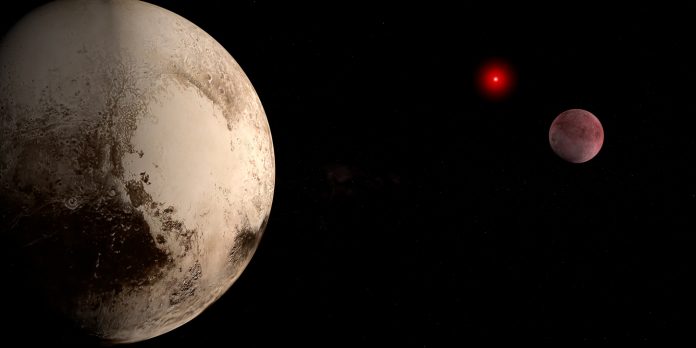UC Riverside researcher Stephen Kane reveals a fiery planet, challenging our ideas of planetary extremes
UC Riverside’s astrophysicist Stephen Kane and his team have uncovered a fascinating find, a distant planet that resembles Jupiter’s volcanic moon, Io, but on a larger scale.
This fiery world, named TOI-6713.01, shows the players shaping planets beyond our solar system.
Examining the fiery exoplanet: A planet engulfed in volcanic activity
The discovery, detailed in a recent paper in The Astronomical Journal, came from data collected by NASA’s Transiting Exoplanet Survey Satellite (TESS). Launched in 2018, TESS searches the skies for exoplanets orbiting stars beyond our sun.
This research began with a star system called HD 104067, located 66 light-years away. Initially thought to host only a giant planet, TESS’s observations revealed a new rocky world and another planetary companion.
“This is a terrestrial planet that I would describe as Io on steroids,” Kane said. “It’s been forced into a situation where it’s constantly exploding with volcanoes. At optical wavelengths you would be able to see a glowing, red-hot planet with a molten lava surface.”
Describing the newfound celestial body as “Io on steroids,” Kane paints a picture of a planet engulfed in constant volcanic activity. Unlike Earth, where eruptions are sporadic, TOI-6713.01 is in a perpetual state of eruption, its surface glowing with molten lava.
What sets this planet apart from others?
Its gravitational tug-of-war with neighbouring planets sets it apart. Similar to how Jupiter’s moons shape Io’s landscape, the outer planets of HD 104067 influence their rocky neighbours.
This gravitational tug-of-war fuels the planet’s volcanic activity, heating it to temperatures comparable to stars.
Kane’s analogy highlights the impact of tidal energy, a force often overlooked in exoplanet research. Just as the moon affects Earth’s tides, these unseen forces sculpt TOI-6713.01’s fiery landscape.
“This teaches us a lot about the extremes of how much energy can be pumped into a terrestrial planet, and the consequences of that,” Kane said. “While we know that stars contribute to the heat of a planet, the vast majority of the energy here is tidal and that cannot be ignored.”
By measuring its mass and density, they hope to reveal the mysteries beneath its fiery exterior, shedding light on the consequences of extreme tidal forces on terrestrial planets.











